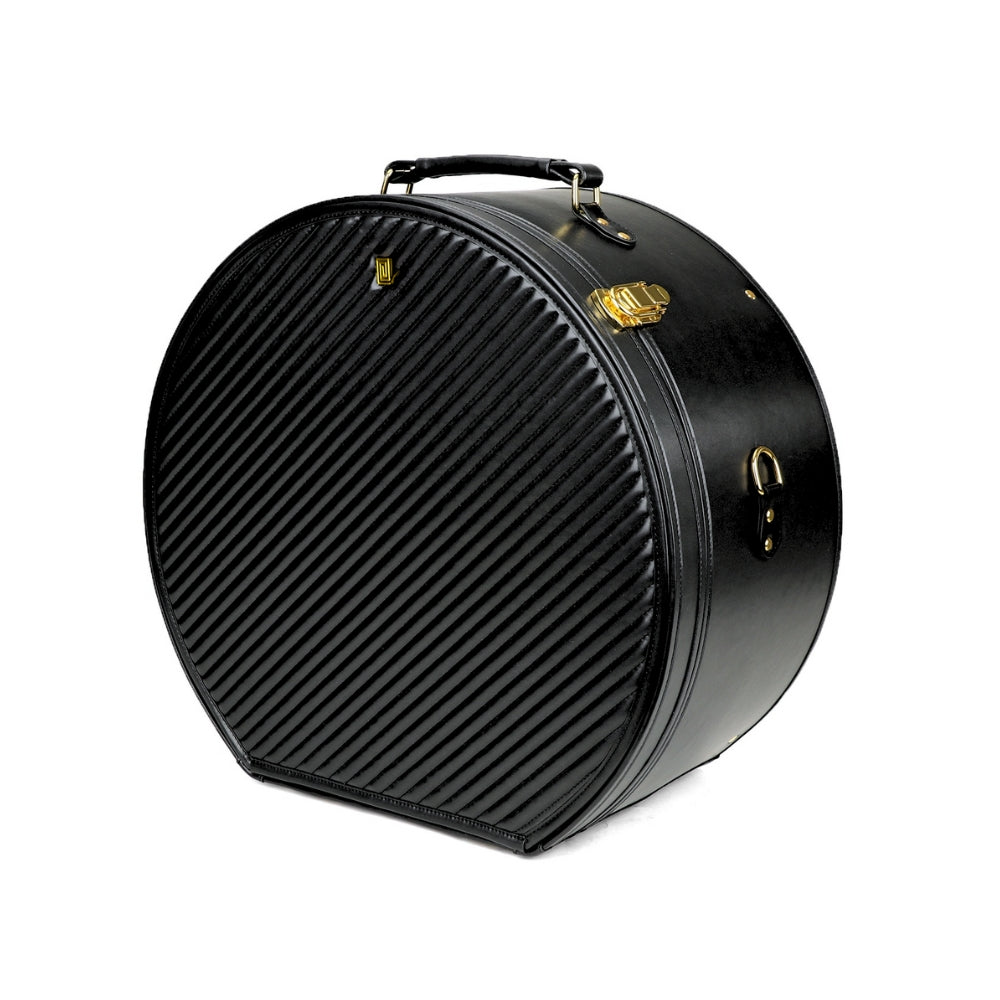
What is Environmental Sustainability?

You’re seeing it everywhere in ads, social media, and in the news. You might have even seen it located on numerous products and their packaging. The word ‘sustainable’ and ‘sustainability’ are often associated with being “green” or “eco-conscious.” But what does it actually mean?
According to Merriam-Webster Dictionary:
Definition of sustainable
1: capable of being sustained
2a: of, relating to, or being a method of harvesting or using a resource so that the resource is not depleted or permanently damaged sustainable techniques sustainable agriculture
b: of or relating to a lifestyle involving the use of sustainable methods
To summarize, sustainability is the ability to utilize resources in a way that ensures that they will not be depleted or drained completely.

Why Is Sustainability So Important?
We rely on natural resources for nearly everything from our businesses to our homes.
According to the United Nations Department of Economic and Social Affairs, our reliance on natural resources has risen to over 65% from 2000 to 2019. The problem? These resources aren’t being fully replenished.
Being sustainable is essential on a planet where our resources are depleting. We must find alternative solutions to harvesting certain materials or else we run the risk of running out of them completely.
Sustainably-made items are usually ethical, long-lasting, abundant, and replenishable. They also contribute positively to the environment and limit the exploitation of our natural resources.
Fortunately, eco-conscious alternatives are available now more than ever, making it easier to make the switch to a more sustainable option. Even if things are “artificial” or “human-made” doesn’t mean they are of lesser quality. It is a common misconception that everything has to be “naturally occurring” to be good for the earth. With our world’s advancing technologies, many human-made, sustainable alternatives are just as good, if not better. And they pose a great benefit to preserving the environment.

Examples of Sustainability
Sustainable items and practices can be found everywhere. The most prominent example is found in the energy generated from wind turbines. This type of energy is sustainable and highly renewable, given that wind and air movement are always available.
Another example is one you probably already do now: recycling. Recycling contributes greatly to overall sustainability. When a person recycles a bottle, that piece of glass is no longer thrown away for good, but can now be reused or turned into something else.
In the same sense, using a single-use plastic bottle every time you drink water isn’t very sustainable. Using a reusable plastic bottle, one that will last you many years, is a much better alternative.
Another newer and emerging example of sustainability can be found in the fashion industry with its renewable resources. Vegan leather, lab-grown jewels, and many more have become the new wave of sustainable fashion.

How You Can Help
With our combined efforts, we can work together to create a better future for generations to come. There are many ways you can help contribute to sustainability and living a more eco-conscious lifestyle. Recycling old items, upcycling your current wardrobe, and reducing your energy use are all great ways to start. Choosing to shop with sustainable brands is another great way to help.
Want to learn more?
We invite you to read our article “5 Helpful Tips for Eco-Conscious Shopping”
About NOTIQ
NOTIQ {no-teek} is a global lifestyle brand empowering women and stewarding our environment with sustainable and fashionable personal organization goods and education designed to help women stand out, grow in value and become more.
Experience the brand now at notiq.com and track our environmental impact here.














